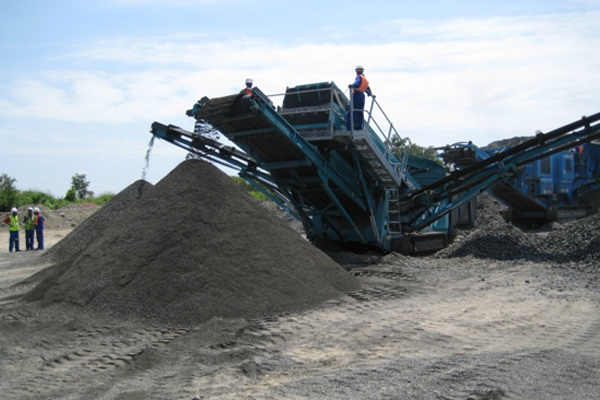What are the uses of South Africa chromite sand?
South Africa chromite sand is a high-quality chromite resource, classified as metallurgical-grade and foundry-grade depending on its chromium content. Foundry-grade chromite sand from South Afirca is renowned for its high chromium content (typically 45-46% Cr₂O₃), low silica content (less than 1% SiO₂), and excellent high-temperature resistance. It is widely used in industries such as chemical casting and refractory materials. Its application stems primarily from its core properties: excellent high-temperature resistance, chemical inertness, good thermal conductivity, and high specific gravity.
The following are its main applications by industry:
1. Sand casting, molding sand for self-hardening sand, and facing sand.
This is the primary application of South African chromite sand, leveraging its high refractory temperature, excellent thermal conductivity, and low high-temperature volume expansion. It is crucial for casting high-manganese steel castings and various large castings.
South African chromite sand’s high refractoriness (melting point approximately 2,180°C) and low thermal expansion, combined with its low silicon content and superior thermal conductivity to other foundry sands, makes it an ideal choice for casting high-manganese steel, stainless steel, and ductile iron. Especially for large and heavy castings, South African chromite sand can prevent defects such as chemical and physical sand sticking (molten sand adhering to the casting), metal penetration, and mold cracking—common problems with cheaper sand molds (such as silica sand).
Typical applications include large industrial castings such as mining equipment, railway components, and large valves.
2. Sand filling for casting molds.
Chromite sand South Africa has a high chromium oxide content and a specific gravity exceeding 4.2 g/cm³. It also has high thermal conductivity, stable chemical properties, and a lower cost than steel sand. Therefore, it can be used as landfill sand for casting molds.
3. Casting coatings.
Chromite sand, milled into a 200-mesh or 325-mesh fine powder, can be formulated into a high-temperature, anti-sand-sticking coating for use in casting molds, further protecting against molten steel erosion and preventing sand sticking during casting.
4. Nozzle well filler sand for tundish furnace in metallurgical steelmaking.
Cr-Sand from South Africa has stable chemical properties and excellent slag resistance. Furthermore, its high sintering temperature and smooth, low-angle particles provide excellent fluidity and chilling properties. As a raw material for tundish nozzle filler sand, it allows for the rapid formation of a sintered layer in the drainage area, which then slides off quickly during molten steel pouring, thereby improving the pouring rate and efficiency of continuous casting.
5. Refractory materials.
Refractory bricks. Refractory bricks made by mixing 46% South African chromite sand with fused magnesia are suitable for use in areas such as the slag line of the ladle, enhancing resistance to slag erosion and thermal shock. Furthermore, South African chromium powder can be used in refractory castables to enhance the high-temperature resistance and slag resistance of the refractory material.
6. Coloring materials for the ceramic and glass industries.
Chromite flour derived from South Africa chrome ore sand is suitable for high-temperature coloring of flat glass, glass containers, and ceramic products in green, amber, and brown tones.
7. Other applications.
Due to its high density, high specific gravity, and low cost, South African chrome sand is also suitable for use in weight-added materials, such as fillers for outdoor products and fitness equipment.
















